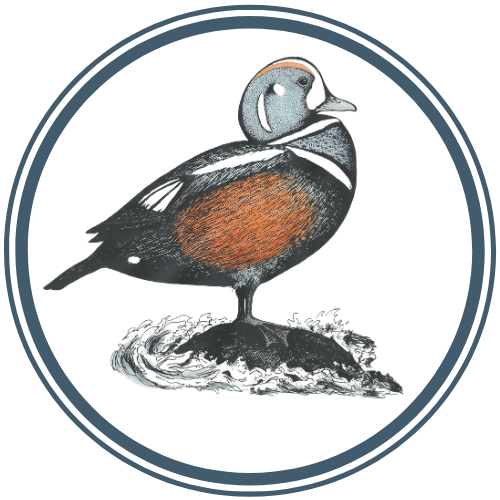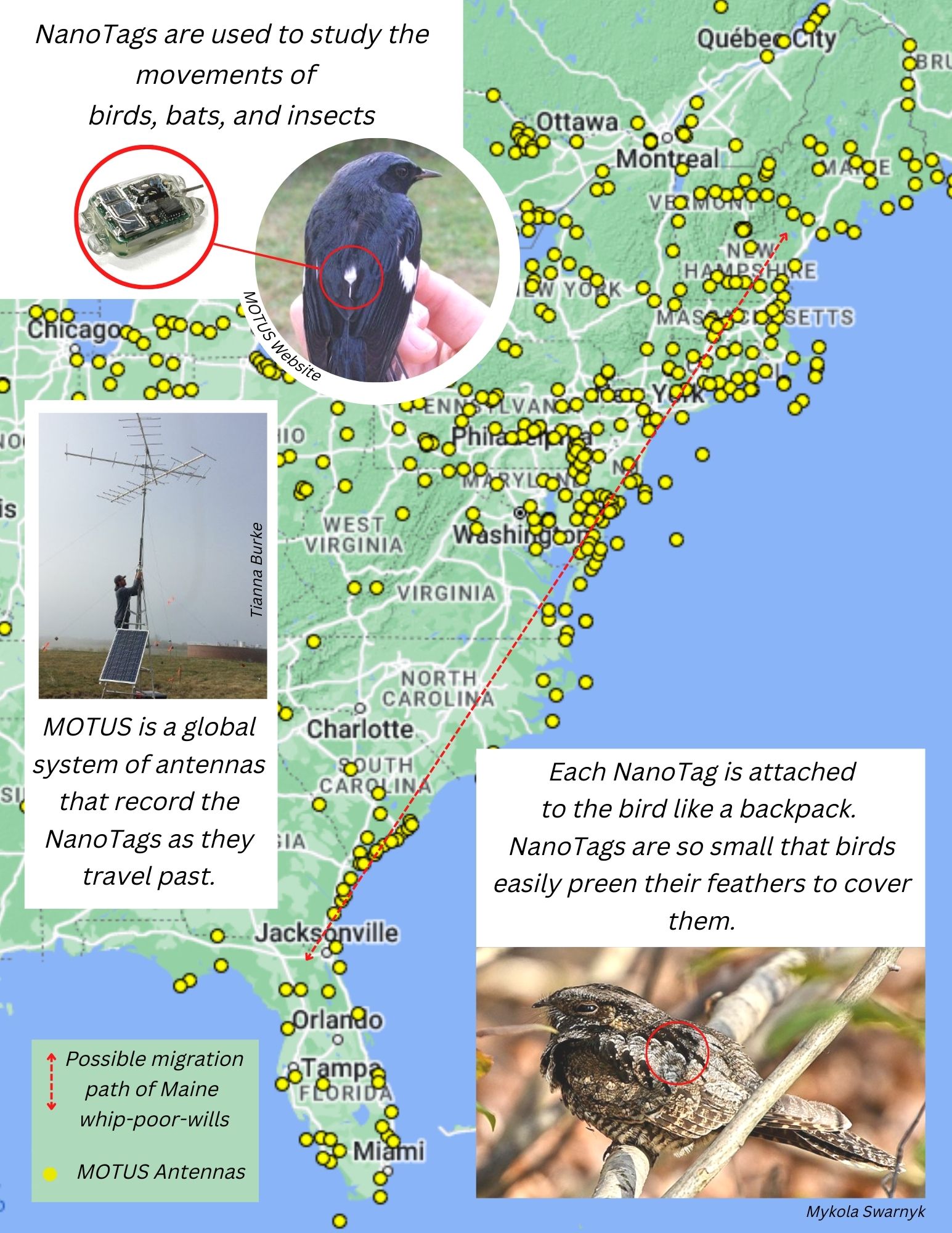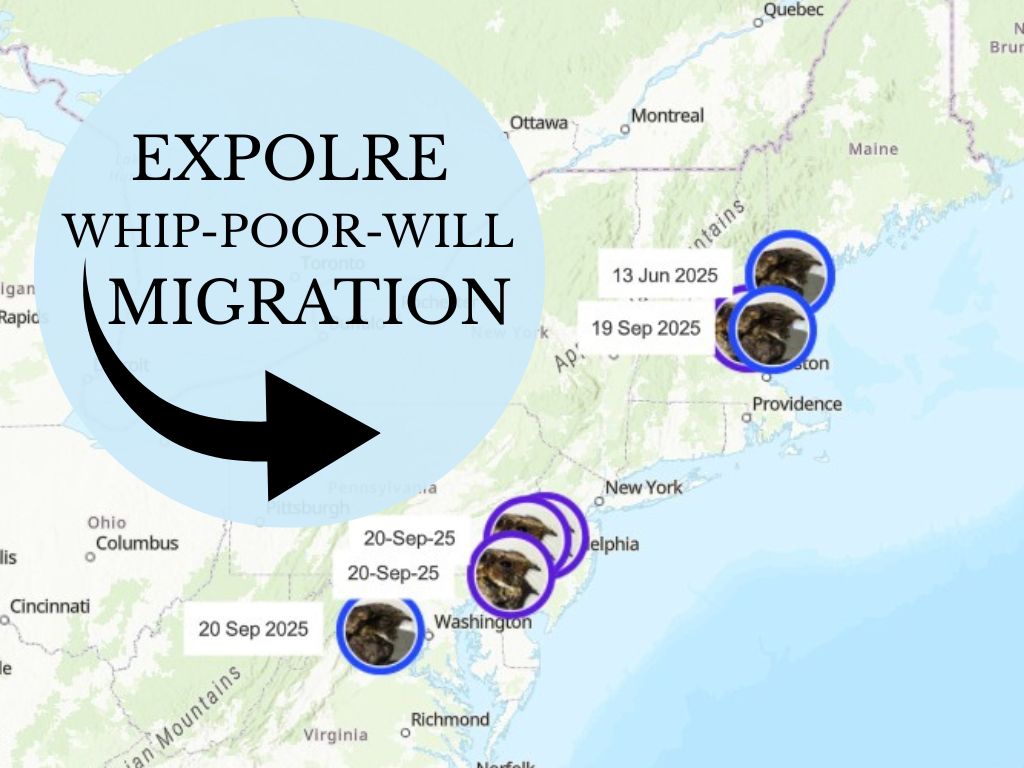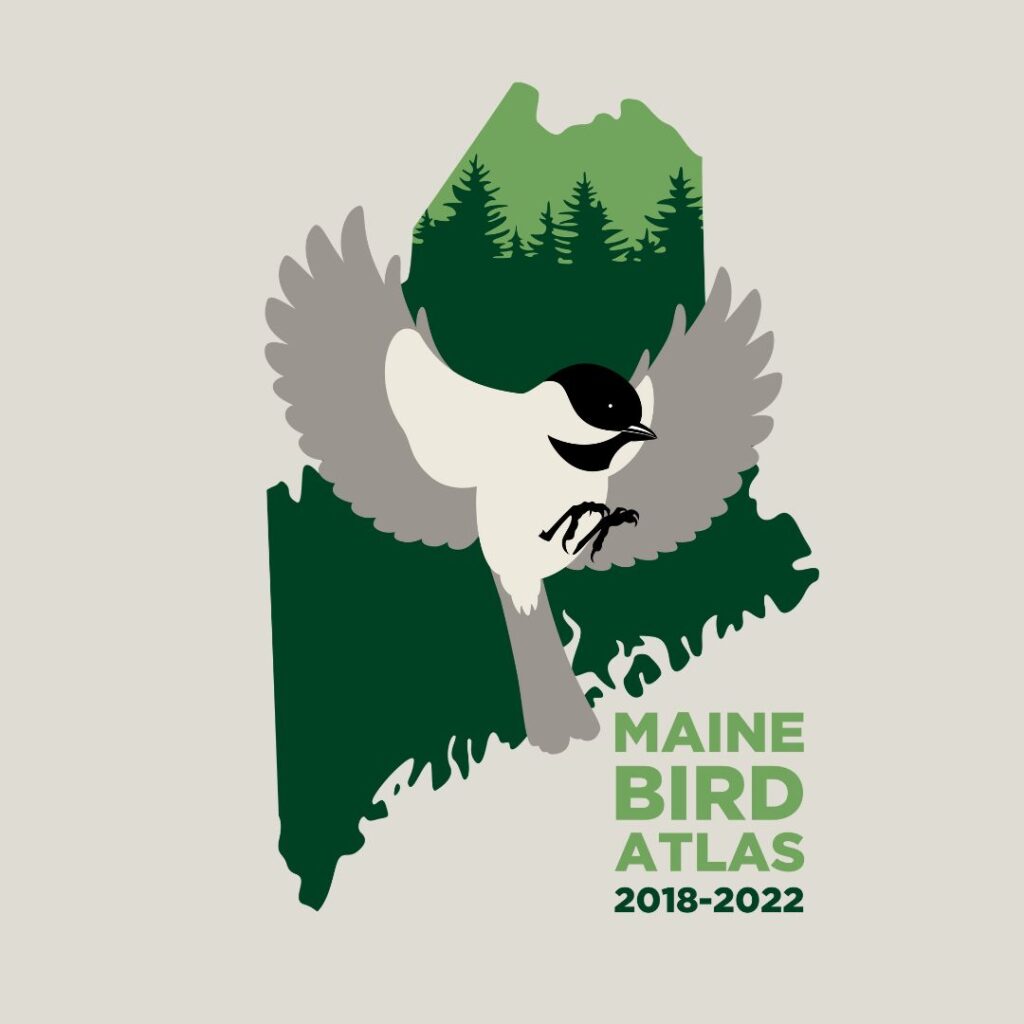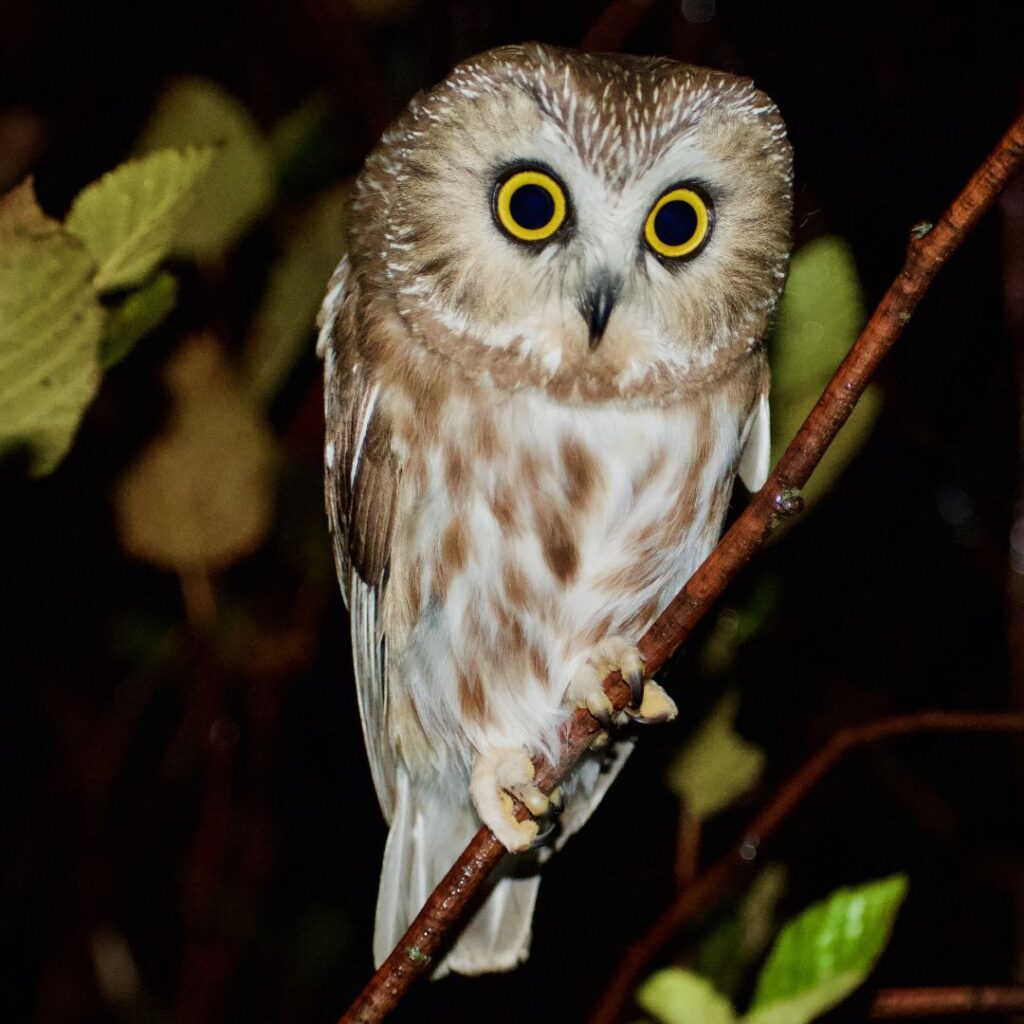
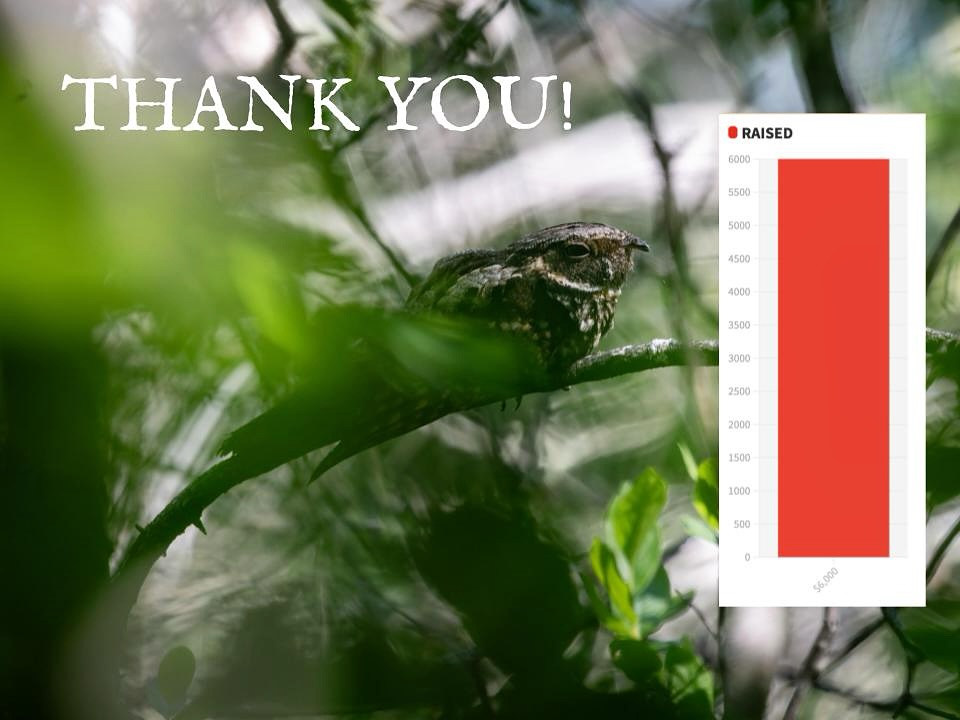
NOVEMBER FUNDRAISER
The Motus antenna fundraiser
to track Nightjars was a success!
We met our November fundraising goal! Thanks to your generous support, we will be deploying a new Motus receiver station this spring to gather additional insights on Maine’s nightjars. Thank you to everyone that contributed to this campaign and all those who have supported this project’s development over the years!

About the Maine Nightjar Monitoring Project
The Maine Nightjar Monitoring Project was launched in 2017 to monitor Maine’s two Nightjar species: the Eastern Whip-poor-will and the Common Nighthawk. Both of these species are experiencing significant declines throughout their breeding ranges and anecdotal reports have also indicated declines here in Maine.
Each year, volunteers conduct surveys along routes through nightjar habitat. Surveys are conducted at dusk and again on moonlit nights. In addition to nightjars, volunteers collect observations of owls, thrushes, and other crepuscular (twilight) and nocturnal birds. The data from this project will be used to inform the management of these species here in Maine.
Tracking the Migration Route of Maine Whip-poor-wills
Maine’s aerial insectivores (swallows, whip-poor-wills, nighthawks, and more) are in trouble. Although many of us grew up hearing Eastern Whip-poor-wills calling in meadows and blueberry barrens, their population has declined 69% in Eastern North America since 1970. Very little is known about the ecology of whip-poor-wills in Maine and the factors causing their decline. As Maine adjusts to a changing climate, it is vitally important that biologists and policymakers have access to baseline data on Maine whip-poor-wills so they know how to protect them in the future.
To address this need, the Observatory is expanding its Maine Nightjar Monitoring project to:
- Identify threats to the breeding success of whip-poor-wills and assess changes in habitat.
- Conduct DNA barcoding of fecal samples to see what Maine whip-poor-wills are eating.
- Track the migratory path of Maine whip-poor-wills using state-of-the-art, solar-powered NanoTags attached to the bird like a backpack.
Why Eastern Whip-poor-wills?
The rate of decline in Maine whip-poor-wills is currently unknown although anecdotal evidence suggests that their decline is significant. The cause of this decline is also unknown although predation on breeding grounds, declining insect populations, and challenges in migration are all suspected.
Join the project
Volunteer to survey nightjars on predetermined routes throughout the state!
Time/Skill Required
2-3 surveys each season (at sunset and after the moonrise)
Identify Maine’s nightjars (Eastern Whip-poor-will and Common Nighthawk).
The ability to identify Maine’s owls and other crepuscular/nocturnal birds a plus!

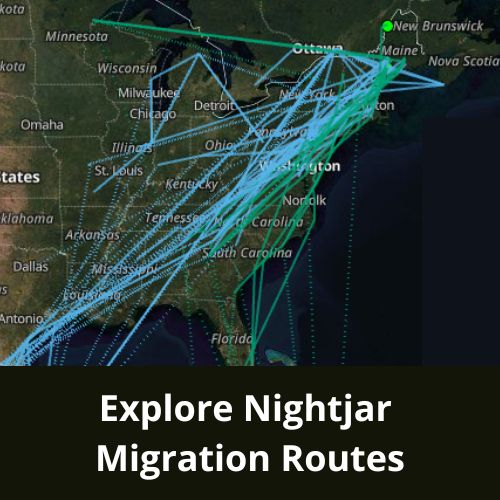
Latest
Project Updates
Stay Connected
Follow the progress of this project through our newsletter or on social media
Social Media
Related Content
-

Maine Bird Atlas
The Maine Bird Atlas is a project of the Maine Department of Inland Fisheries and Wildlife in partnership with Maine…
-

Petit Manan Owl Monitoring Station
Saw-whet Owl GPS Tag Fundraiser was a Success! We exceeded our spring fundraising goal! Thanks to your generous support,…
-

Boreal Habitat Owl Surveys
Owls are among the most charismatic and recognizable orders of birds in the world, yet their secretive life histories,…
